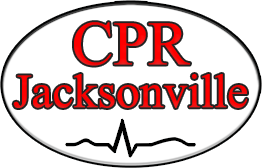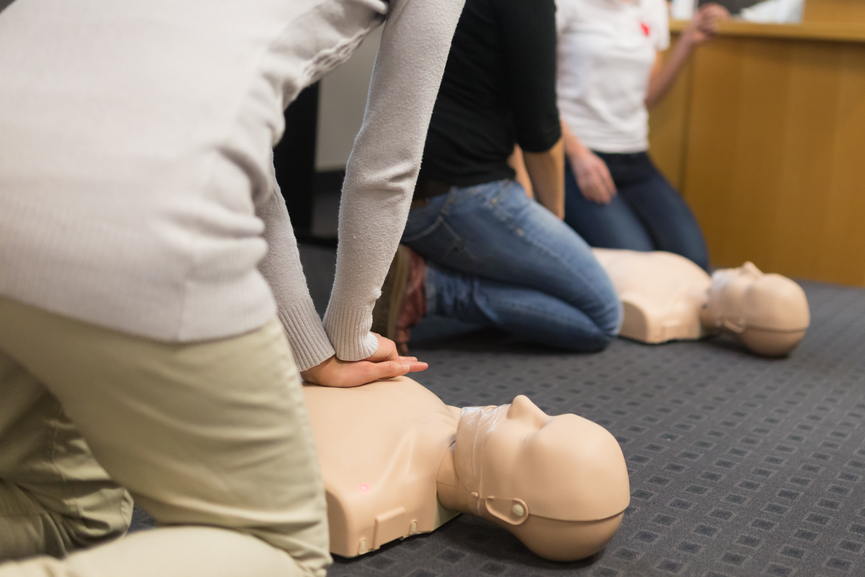Importance of Airway Management in CPR and Emergency Care
In emergency situations, airway management is one of the most critical components of life-saving care. Whether a patient is in cardiac arrest or suffering from trauma, maintaining an open airway is crucial for oxygenation and survival. In unresponsive patients, two primary techniques are employed to open the airway: the jaw thrust and the head tilt-chin lift maneuvers. Both are used in a variety of emergency settings, from CPR to trauma care, and understanding the differences between them is vital for ensuring proper patient care. This article will provide an in-depth look at both techniques, their applications, and how they compare in terms of effectiveness, ease of use, and patient safety.
Basic Overview of Airway Obstruction
What is Airway Obstruction?
Airway obstruction occurs when a person’s airway becomes blocked, preventing them from breathing properly. This can result from the tongue collapsing backward, foreign objects, swelling, or traumatic injuries. In such cases, if oxygen cannot reach the lungs, hypoxia sets in, causing brain damage or cardiac arrest within minutes.
Why Airway Management is Critical in Emergencies?
Airway management is the process of ensuring that air can flow freely into the lungs, which is why it is a fundamental skill in both emergency medicine and CPR. Quickly identifying airway obstruction and knowing how to correct it can mean the difference between life and death for an unresponsive patient.
Head Tilt-Chin Lift Maneuver
The head tilt-chin lift maneuver is the most commonly taught technique for opening the airway in CPR.
Step-by-Step Guide on How to Perform it
Description of the Technique
This simple method involves placing one hand on the patient’s forehead and gently tilting their head backward while using the other hand to lift their chin.
Step-by-Step guide on How to Perform it
- This action lifts the tongue away from the back of the throat, clearing the airway and allowing air to pass through.
- The head tilt-chin lift is generally used in situations where there is no suspicion of spinal injury, as moving the head and neck can exacerbate any existing spinal trauma.
- The head tilt-chin lift is widely used because of its simplicity and effectiveness. It can be quickly performed by both healthcare professionals and lay rescuers with minimal training.
Advantages
Its primary advantage is its ease of use—virtually anyone can perform it with a bit of instruction, making it ideal for CPR in public settings or home emergencies.
Limitations and Contraindications
However, the technique is not recommended for trauma patients with suspected cervical spine injuries, as it involves manipulating the head and neck, which can cause further harm to the spinal cord.
Jaw Thrust Maneuver
The jaw thrust maneuver, on the other hand, is designed to open the airway without moving the head or neck.
Description of the Technique
This technique is especially useful in trauma situations where a spinal injury is suspected, and cervical spine immobilization is critical.
Step-by-Step guide on How to Perform it
- The rescuer places their hands on either side of the patient’s jaw and pushes the lower jaw forward.
- This action moves the tongue away from the back of the throat, similar to the head tilt-chin lift, but without disturbing the cervical spine.
Advantages
While the jaw thrust is effective in maintaining an open airway, it requires more skill and practice than the head tilt-chin lift.
Limitations and Contraindications
It can be challenging for a single rescuer to perform, especially in a high-stress situation.
For this reason, it is typically used by healthcare providers or in trauma settings where spinal injury is a concern.
The jaw thrust is an essential technique for first responders and emergency medical personnel, as it ensures the patient’s airway remains open while protecting the spine from further damage.
Comparison of Techniques
Comparing the head tilt-chin lift and the jaw thrust reveals that both techniques have their strengths and limitations.
Effectiveness
In terms of effectiveness, both maneuvers are capable of opening the airway and allowing oxygen to reach the lungs. However, their appropriateness depends on the patient’s condition. The head tilt-chin lift is easier to perform and is the preferred method in most non-trauma emergencies, while the jaw thrust is more suitable for trauma patients due to its ability to maintain spinal immobilization.
Ease of Use
In terms of ease of use, the head tilt-chin lift is significantly simpler and can be performed by almost anyone after basic CPR training. Its straightforward nature makes it the go-to technique for most resuscitation efforts. The jaw thrust, on the other hand, is more difficult to perform correctly, particularly for lay rescuers. It requires a higher level of skill and may necessitate the involvement of more than one rescuer, especially in stressful situations where a patient’s condition is rapidly deteriorating.
Patient Considerations
When deciding which technique to use, patient considerations play a vital role. In non-trauma situations, the head tilt-chin lift is often the quickest and easiest way to open the airway. However, when there is any suspicion of a cervical spine injury—such as after a car accident or a fall—the jaw thrust is the preferred method. This ensures that the airway is opened without causing additional harm to the spinal cord, which could lead to paralysis or other long-term injuries.
Special Considerations in Trauma Patients
Trauma patients present unique challenges when it comes to airway management. In these cases, maintaining cervical spine alignment is critical to prevent further injury. The jaw thrust is the safest technique for opening the airway in trauma patients, as it does not involve moving the head or neck.
In fact, in trauma settings, healthcare providers often use the jaw thrust in conjunction with spinal immobilization devices such as cervical collars or backboards. These additional measures help ensure that the spine remains stable while the patient’s airway is managed effectively.
Training and Best Practices
Training and practice are essential for mastering both the head tilt-chin lift and the jaw thrust. CPR certification courses typically include training on both techniques, but healthcare providers and first responders need to practice these skills regularly to ensure proficiency.
Organizations like the American Heart Association (AHA) and the American College of Surgeons recommend regular refresher courses and simulations to maintain competency. These medical associations emphasize that proper airway management can significantly improve patient outcomes in both cardiac arrest and trauma scenarios, making ongoing training a critical aspect of emergency preparedness.
Conclusion
In conclusion, understanding the differences between jaw thrust and head tilt-chin lift techniques is critical for effective airway management, particularly in emergencies. While the jaw thrust is often preferred for patients with potential spinal injuries, the head tilt-chin lift remains a reliable method for opening the airway in most cases. Mastering these techniques, along with basic life support skills, is essential for anyone in healthcare or those who want to be prepared to save lives.
If you’re in Jacksonville, there’s no better place to enhance these life-saving skills than at CPR Jacksonville FL, an American Heart Association training site. They offer a variety of courses, including BLS for Healthcare Providers, ACLS, PALS, and CPR and First Aid. With hands-on, stress-free classes tailored for both beginners and professionals, you’ll gain the confidence and expertise to respond in emergencies.
Don’t wait—enroll in a CPR certification Jacksonville FL course today. Whether you need an initial certification or renewal, CPR Jacksonville FL is the best in town, ensuring you’re prepared when it matters most. Be a life-saver—sign up now and make a difference!


